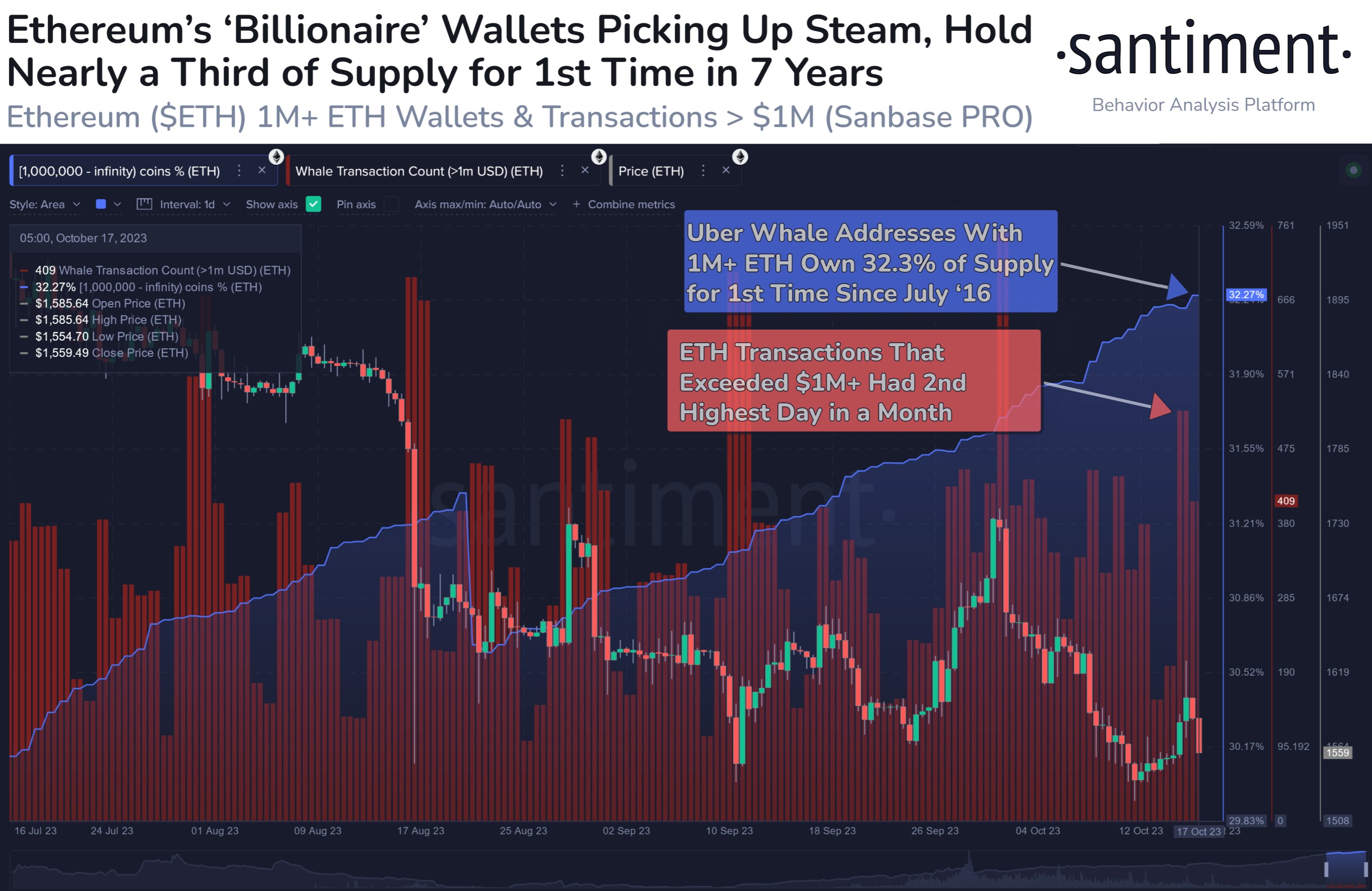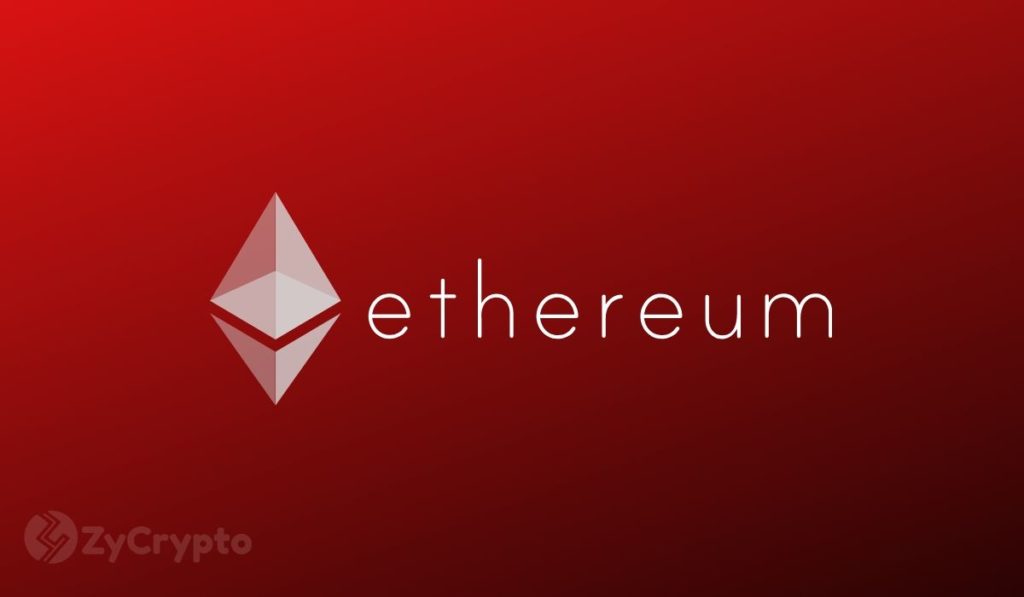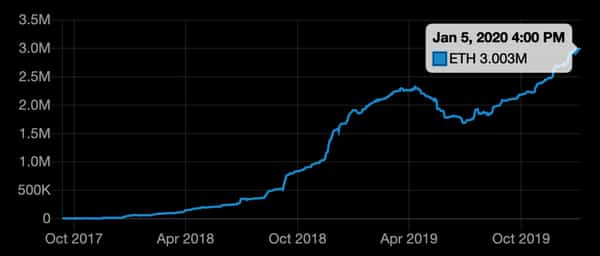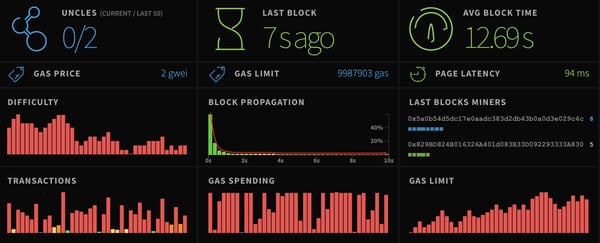2023-5-17 22:05 |
In the dynamic world of cryptocurrencies, a joke made in passing can sometimes shape the course of events. Just ask Elon Musk. This was the case when Ethereum co-founder Vitalik Buterin made an April Fools’ jest in 2018, suggesting an ether supply cap. At the time, it was dismissed as improbable.
Today, a blend of technology and circumstance has turned the prank into an unplanned reality, with the total ether supply seemingly capped. This unexpected shift has significant implications for Ethereum’s network, its users, and the broader crypto market.
The Unintentional Ether Supply CapIn the annals of Ethereum’s history, Buterin’s 2018 proposal, made in jest, barely registered. However, the subsequent evolution of Ethereum has rendered this joke unexpectedly prescient.
Today, thanks to a confluence of technological advancements, Ethereum’s supply curve is experiencing a dramatic shift. The key players in this unexpected turn of events are the EIP-1559 burn mechanism and the impact of the Merge on Ethereum’s supply curve.
The Ethereum Improvement Proposal (EIP) 1559, a core component of the London hard fork, introduced a mechanism to burn a portion of the transaction fees. This unique feature has a profound impact on the supply dynamics of ether, Ethereum’s native token. By regularly burning ether, EIP-1559 effectively reduces the cryptocurrency’s overall supply.
Simultaneously, Ethereum’s transition from a Proof-of-Work (PoW) to a Proof-of-Stake (PoS) consensus mechanism, known as the Merge, has significantly altered the rate of new ether creation. In the PoW model, miners create new ether as they add transactions to the blockchain. The PoS model, however, drastically reduces this rate of new ether creation.
These technological advances have unintentionally led Ethereum towards a deflationary nature. It’s a stark divergence from Buterin’s initial vision of “minimum necessary issuance.” Yet, it’s a change that could have profound implications for Ethereum’s future.
For those still wondering whether or not https://t.co/z44anVrOuT was an April Fool's joke, the answer is: it was an April Fool's meta-joke. *The point* was seeing people argue about whether or not the proposal is "real".
— vitalik.eth (@VitalikButerin) April 2, 2018 Ethereum lacks an official ether cap, but the burn mechanism suggests an informal one. Source: Twitter Deflation: A Side Effect with Serious RamificationsEther’s deflation has a ripple effect that extends far beyond the Ethereum network. As the total supply of ether diminishes, the token’s scarcity increases. Scarcity, as economic theory suggests, can drive up the value of an asset.
In the realm of cryptocurrencies, Ethereum’s unplanned supply cap invites comparison with Bitcoin, the largest cryptocurrency by market capitalization.
Bitcoin has a fixed supply limit of 21 million coins. Once these coins are mined, there will be no new bitcoins. Ethereum’s unplanned supply cap places it in a similar position, potentially boosting its allure as a store of value.
Moreover, this discussion wouldn’t be complete without considering gold, the traditional hedge against inflation. Gold’s supply, like that of Bitcoin, is naturally capped. At some point, we’ll run out of gold to be mined. This scarcity has been a key factor in its value proposition for centuries. Ethereum’s new deflationary status invites comparison with this timeless asset class.
The Long-Term Implications of a Supply CapThe unexpected introduction of a supply cap to Ethereum’s ecosystem provokes speculation about the blockchain’s future. What can we expect as Ethereum continues to evolve? The implications are vast, presenting both challenges and opportunities for the network and its users.
One potential challenge lies in the network’s transaction costs. As ether becomes more scarce, transaction fees may increase. Higher transaction costs could deter users, potentially limiting Ethereum’s growth. However, these concerns should be weighed against the potential benefits.
A capped supply could attract a new wave of investors, enhancing Ethereum’s market position.
Scarcity often increases an asset’s appeal. With an unintentional supply cap in place, ether becomes a more attractive investment. This could encourage more market participants, driving up demand and potentially boosting the token’s value.
However, this raises another question: Could Ethereum’s supply cap change its fundamental nature? Traditionally, Ethereum has been valued for its utility, particularly its smart contract capabilities. With a supply cap, it may evolve into a store of value, much like Bitcoin or gold.
DeFi: The Unintended ConsequencesAs we ponder Ethereum’s future, it’s worth considering the broader ecosystem. Ethereum is the backbone of the burgeoning Decentralized Finance (DeFi) sector. The supply cap, therefore, has implications that extend beyond Ethereum itself.
DeFi projects often use ether as collateral. With a capped supply, the value of this collateral could increase, potentially boosting the value of the entire DeFi sector. On the other hand, increased transaction costs could make DeFi applications less accessible, potentially stifling innovation.
Ethereum's supply has decreased by more than 70,000 $ETH since The Merge. pic.twitter.com/RDkg5oCp9e
— Delphi Digital (@Delphi_Digital) March 28, 2023 ETH supply decreasing post Merge. Ethereum’s Unplanned Cap, A New Chapter in Crypto HistoryAs we delve into the intricacies of Ethereum’s evolution, the cap on ether’s supply represents a significant milestone. What began as a casual joke by Buterin has now morphed into a defining characteristic of ETH’s economic model. The advent of EIP-1559 and the transition to a PoS consensus mechanism have inadvertently created a deflationary dynamic, with potential implications far beyond its native token.
In the broader landscape of cryptocurrencies, Ethereum’s unplanned supply cap adds another layer of complexity and intrigue. Comparisons with Bitcoin and gold have emerged, highlighting ETH’s growing appeal as a potential store of value. Concurrently, the effect of this shift on the DeFi sector, largely built on Ethereum’s network, is an area of keen interest.
Yet, amid these transformations, challenges and opportunities coexist. Higher transaction costs could deter users, while the allure of a capped supply could attract new investors. Ethereum’s utility as a platform for decentralized applications could shift towards being a deflationary asset.
As Ethereum continues its journey, the story of its unplanned supply cap serves as a reminder of the crypto world’s unpredictable and dynamic nature. As observers and participants in this space, we can only anticipate, adapt, and learn.
The post Ethereum’s Unforeseen Supply Cap: Buterin’s Joke Is Now a Reality appeared first on BeInCrypto.
origin »Ethereum (ETH) на Currencies.ru
|
|











